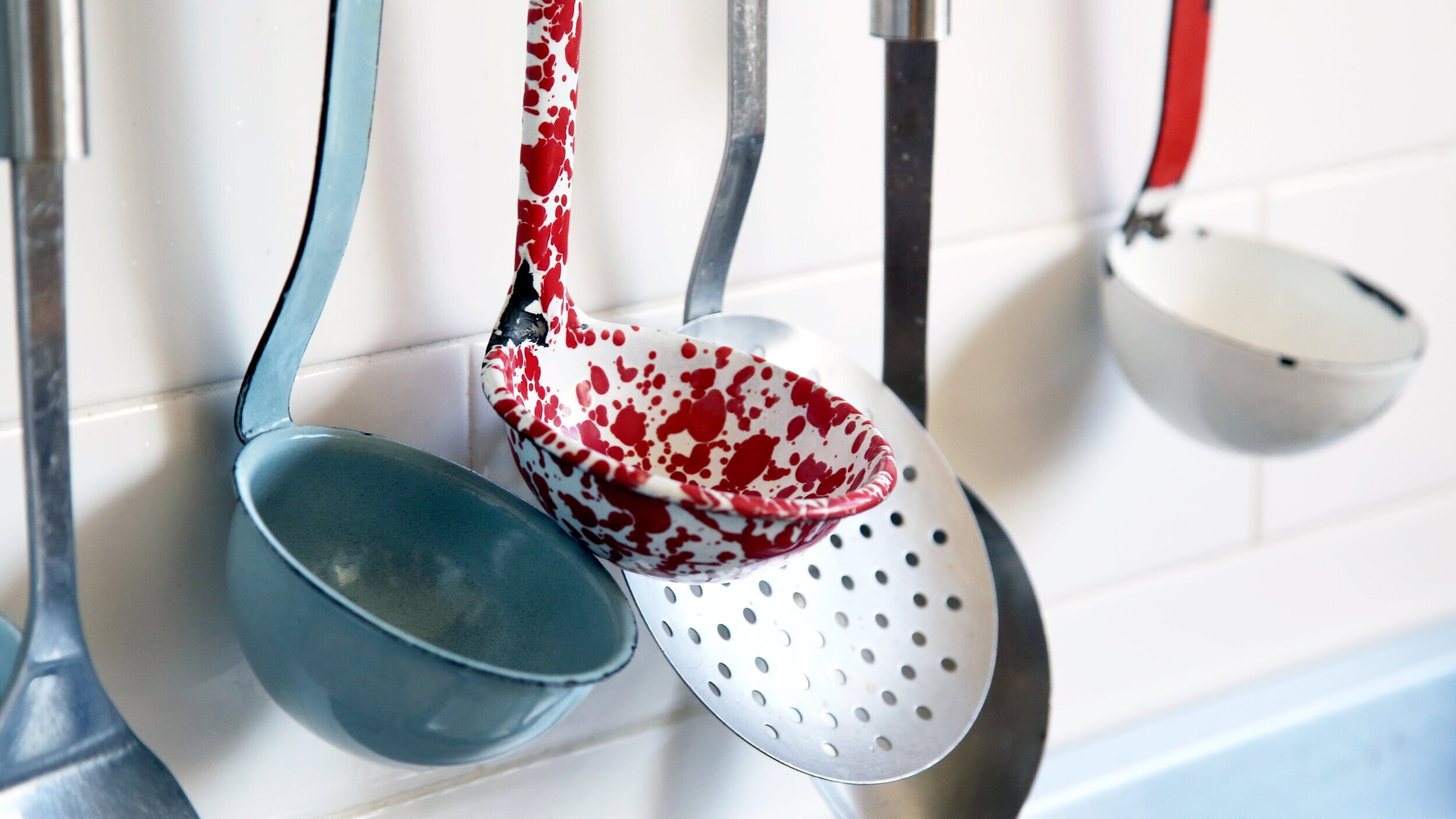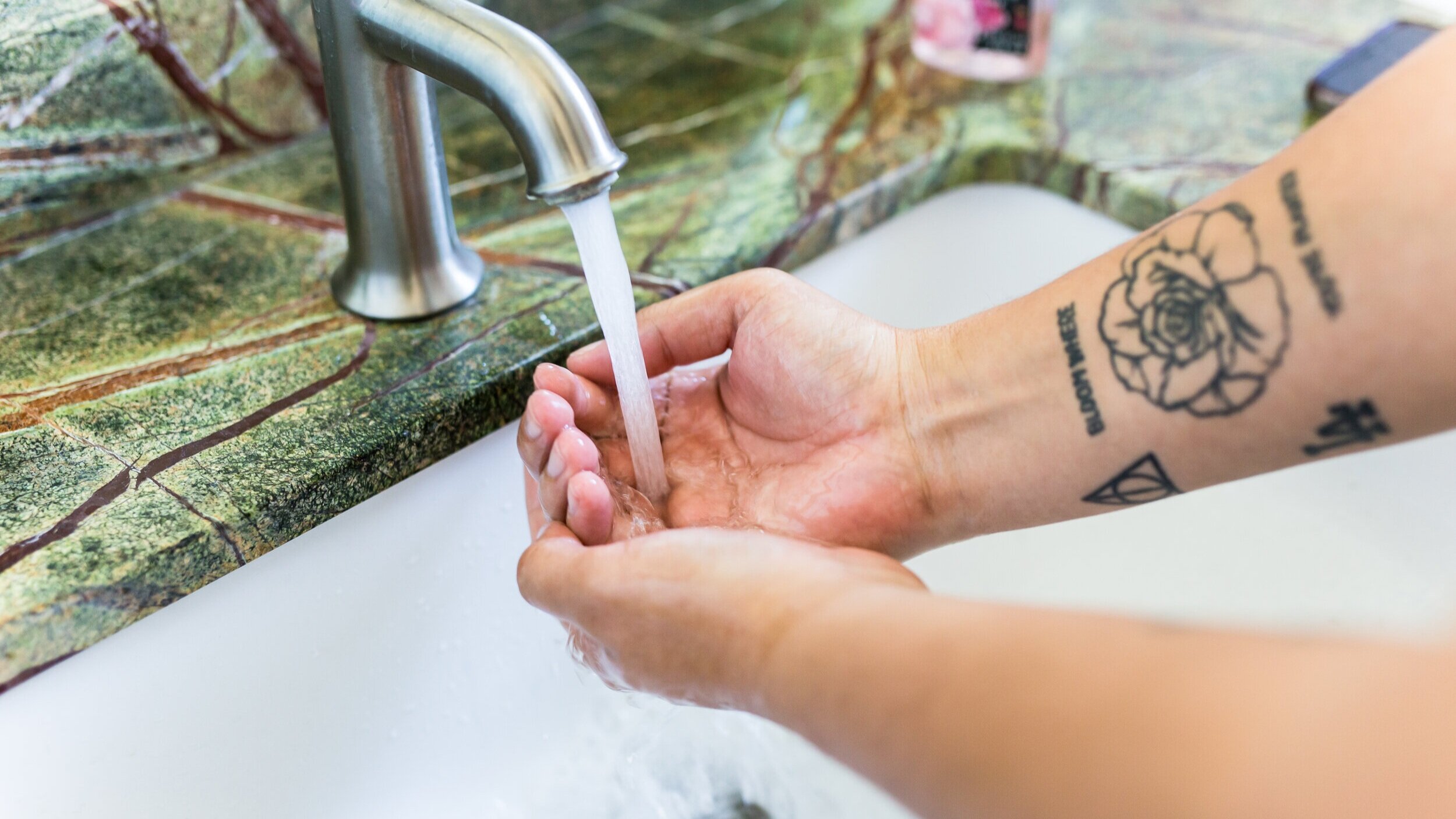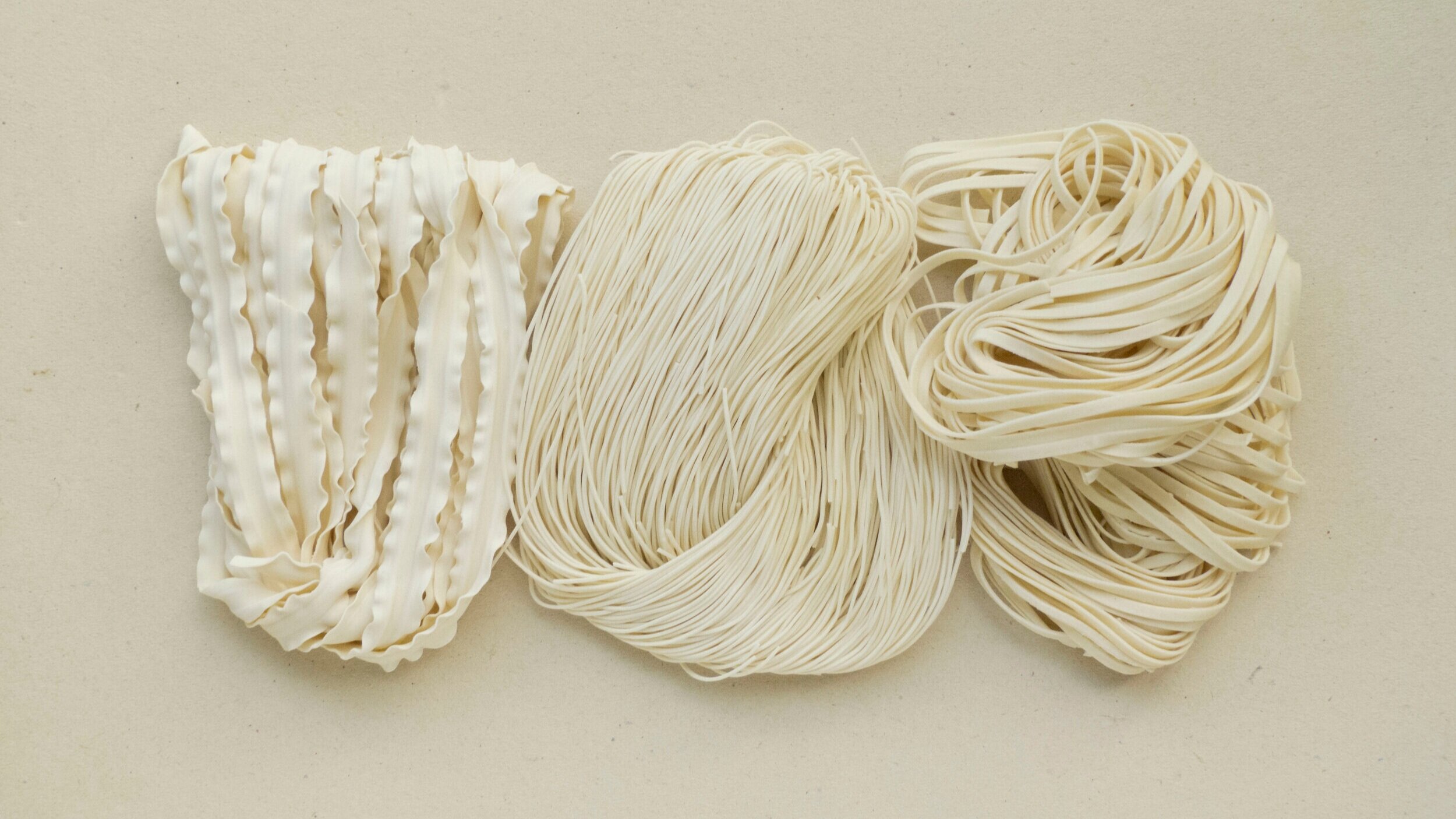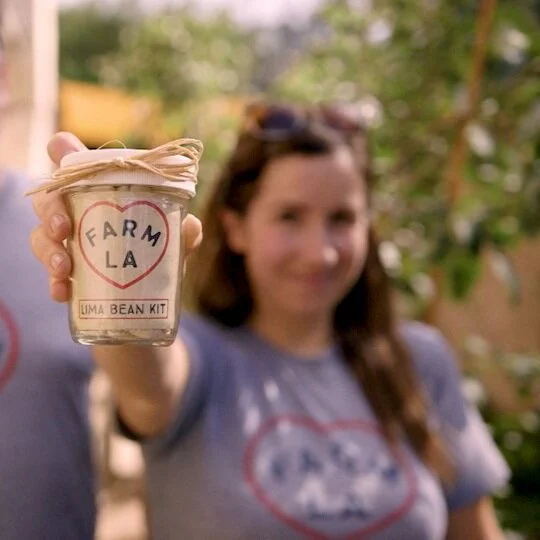A Recipe for Good Hygiene
By Nancy Romo
It’s easy to see that the pandemic has changed our daily routines and how we interact with each other. Hygienic practices like washing our hands and social distancing are emphasized now more than ever. But what has not been emphasized as much is proper hygiene in our own kitchens! The news has been focusing on how to retrieve food when out in public, but preparation inside our own houses is another story. This article will share the recipe for cooking up the healthiest meal prep conditions in your home.
Ingredients
Cutting Board #1: for raw meat
Cutting Board #2: for vegetables
Dish soap/sponge: for washing
Apron: for protection
Paper towels/clean dish rags: for drying
Disinfectant (commercial or home-made): for preparation and cleaning
Hand sanitizer (at least 60% alcohol content): for cleaning your hands [1]
(Recommended) Hair net/band/pins: for longer hair
(Recommended) Rubber gloves: for handling bleach solution
Yield: One Clean Kitchen!
Preparation Time
Overall preparation should only take around 30 minutes—including all the steps before, during, and after the process. Estimates of how much time is needed to prepare the kitchen, wash dishes and hands, and clean up are already integrated into our cooking routines, so all together, it should feel like no time!
Instructions
Step 1: Prepping
Getting ready for anything—school, exercising, studying—can be daunting. The first step of cooking hygiene is what leads to the rest of the cooking process, and you will feel better after checking it off.
Disinfect your cooking area. Cleaning your cooking area before use can offer the same satisfaction as making your bed in the morning: it is refreshing and innate once done routinely. Disinfectants and sanitizers come in many forms, such as liquids, sprays, or wipes, but you can also make your own.
How to make your own disinfectant
Just add 1 tablespoon of liquid chlorine bleach to 1 gallon of cold water. Store the solution in a preferably opaque spray bottle. Since home-made bleach solutions rapidly degrade when exposed to light and water, make a new solution every 2 to 3 days. [1] Store any bleach solutions away from sunlight in a cool place. [6] You can get rid of the old solution down the drain, which breaks down the chemical safely. [5]
Follow the dilution proportions since effectiveness is dependent on the bleach:water ratio. If done properly, you make a strong solution and prevent injury. Wear rubber gloves and protective apparel (such as a mask for fumes, an apron for spills, and even goggles for eye protection) to reduce potentially-harmful exposure, since bleach can inflict injury due to its strong concentration of bacteria-killing chemicals. [6]
Make sure to use bleach in a well-ventilated area, where fresh air is supplied from open doors or vents. Otherwise, use bleach when the fan is on, to prevent the bleach’s fumes from settling in your room and causing potential breathing problems. [14]
Thaw food (i.e. frozen meats and seafood) if necessary by using the microwave or oven, leaving it in the fridge, or placing sealed packages in cold running water, preferably in a sink. If left to thaw idly at room temperature, the outer layers of the food will warm before the inside thaws, and bacteria is more likely to grow in these conditions. [2]
These safety measures are helpful for getting to the good part: cooking!
Step 2: Cooking
For some, cooking can feel like a productive escape in a tense time, but that does not mean we should neglect sanitation.
Tie longer hair back with a rubber band or hair net to prevent loose hair from falling on food, since the average person loses about 50 hair strands per day. [2]
Wash your hands before and after touching raw food to prevent cross contamination between the raw food and other surfaces your hands come into contact with. [2] Using the same kitchen tool multiple times can also create a perfect transmitter for bacteria. For example, if using a can opener, make sure to clean it after each use. As a pro-tip, clean the lid of the can before opening it, in case there is dirt that can fall into the food. [2]
Step 3: Cleaning
Cleaning up may sound like a chore...and we can’t deny that it is. Chores may not be the most fun, but they are necessary for making the fun times safe.
However, with some adjustments, chores can be both fulfilling and fun! Background activities like playing your favorite music or listening to a new podcast can get your mind off of the task at hand. Calling/facetiming a friend (perhaps even cleaning together), creating a game or a workout out of cleaning, or simply beating the clock can help you get more engaged and motivated to complete otherwise-mundane tasks.
Washing
As mentioned before, wash your hands between contact with multiple surfaces or objects. The CDC’s general guidelines state that you should wash hands before, during, and after preparing food, and everyone should wash their hands before eating. [15]
How to properly wash your hands
Wash your hands effectively by wetting them, scrubbing with soap for at least 20 seconds, and then rinsing under water. [8] It is okay to wash your hands with the dish soap near the sink, but if done regularly, get a milder dish soap so you do not dry out your hands—the same product that rinses off harsh grease and residue is not the gentlest for the skin. [9]
Groceries may seem threatening in our households once they’re off the stocked shelves, but there is generally a low risk of transferring a virus from publicly-retrieved produce. Following basic hand hygiene such as washing hands after dropping off bags at home and after moving each product into their respective places in the kitchen should do the trick—there's no immediate need for overly disinfecting each product. [15] Rinsing fresh produce should clean it enough for cooking, and storing non-immediate goods (soup cans/staples) away is sufficient for tackling illness—after around 2 days any existing virus on the surface will not be infectious. [16]
For dishes, scrape off food, oil, and any remains into the trash disposal before washing them in the sink, as they may clog the sink drain. [7] Dampen your sponge with water and squeeze a few drops of dish soap onto it. Squeeze the sponge one last time to disperse the soap onto your dish. [7] If some scraps won’t come off, let the dish soak in water for at least 30 minutes before cleaning again, or overnight if need be. Lastly, don’t forget to clean the sink itself by rinsing it and emptying out the strainer. [7]
Why wash
Washing your hands, appliances, and utensils will subdue any shared bacteria that builds up between uses. Although the virus responsible for COVID-19 favors person-to-person contact, it can also survive on surfaces for a while. [16] Being conscious of how much we alternate between touching various things—utensils, phones, food, handles, and more—will motivate this important step against disease.
Drying
Bacteria can attach to and contaminate liquids, so it is important to properly wash and dry.
After washing used silverware, it is best to let them dry through running dishwashing cycles, air drying, or using paper towels or a dish towel (in that order). A dish towel is least effective for drying since it is typically used for multiple surfaces and spreads germs. [1]After washing your hands, you can use either a clean towel or air-dry them.
Why dry
Many bacteria settle in oils and packaged liquids before attaching to a variety of standard surfaces, from glass to steel. Since the cells of bacteria are typically enclosed by the liquid they are attached to, the cells end up preferring to attach to drier exteriors. [3] These surfaces include glass, aluminum, Teflon (in pans), and stainless steel; in other words, common kitchen materials.
By following the initial disinfecting steps and cleaning up afterward, you can prevent the spread of germs. Freshly-made food may not last long, but hygiene in the kitchen should be preserved forever.
Step 4: Preserving
Say you have thoroughly cleaned up but still have leftovers. To keep out bugs and bacteria, it’s important to properly preserve your items.
As a rule of thumb, never leave food out for more than two hours. [4] Powders (i.e. cocoa, powdered milk, paprika, etc.) and nuts are best kept refrigerated, because their richness in vitamins and minerals attracts bugs at room temperature. [4]
When bringing in new groceries, keep raw meat, poultry, seafood, and eggs separate from other foods. These have a greater chance of being contaminated or carrying food-borne illnesses (i.e. salmonella, E.coli.) because of bacteria than can attach during the production process. Even though the coronavirus has not become present in food processing, preventing general illness is key to health. [16] For leftovers and scraps, make sure to tightly cover them.
For convenience, here is a list of common ingredients along with their shelf life and storage. Even if a suggested storage time is listed, it is best to prioritize what is on the packaging of the food. Before using any food, check for signs of expiration.
Cooking and Baking Staples
This section includes salt, sugar, baking powder/soda, pasta, herbs, and beans. The shelf life of these common items is two years, and they should be stored in a cool, dry place (such as a pantry or kitchen cabinet) in an airtight container. [13]
Fruits and Vegetables
Fruits and vegetables have unique ripening times, so storage varies. Store fruits and vegetables separately from each other, since fruits emit ethylene (ripening) gas that can spoil surrounding food. [10]
The appropriate moisture setting keeps food fresh; placing them in a drawer of a refrigerator keeps them at the desired moisture setting.
Fruits like bananas, avocados, mangoes, oranges, and tomatoes should be ripened at room temperature before stored in the fridge. If left outside, they last 3-5 days. [11] You can also freeze fruits such as mangoes and grapes for maximum preservation and as a snack!
Apples, berries, lemons, broccoli, and asparagus should go straight to the fridge since they soften faster than others. These can last around 7 days or more.
Onions, garlic, potatoes and squash should be kept in a cool dry place, as refrigeration can affect their taste and quality at cooking time. These can last for 2 or more months in the right settings.
Meat
Store raw meat in the fridge and keep it separate from cooked meat to prevent cross contamination. Raw meat should be stored in a sealed-tight container, and lasts up to 5 days. Meat can also be stored in the freezer, but make sure to properly wrap the product to prevent freezer burn (which makes it tough and inedible). Meat lasts long in the freezer, but is best consumed within 3 to 6 months. [13]
Eggs
Eggs should be stored in the center of the fridge so that they feel maximum consistent cooling flow, allowing for longer preservation.
The storage span of eggs depends on their form. Fresh-shell eggs last around 5 weeks, hard boiled eggs last 1 week, cooked eggs last up to 4 days, and leftover yolk/egg whites last around 3 days in the fridge. [12]
Prevent overstocking the fridge by actively balancing how much you purchase and how much you cook. If the fridge is too full, the products can obstruct the air circulation and delay the cooling effect.
the wrap up
Whether this recipe for good hygiene is your usual go-to routine or never made before, it is something that you can make confidently in the comfort of your own home. Amidst the uncertainty occuring around the world, do not forget to keep your mental, physical, and sanitary health in check.
Following this recipe will help you make the most out of your future cooking experiences, one step at a time.
References
“In the Kitchen: Prevent the Spread of Infection.” urmc.rochester.edu. (2020).
“Food and Kitchen Hygiene.” ccohs.ca. (2020)
“Bacteria-surface interactions.” ncbi.nlm.nih.gov. (2013).
“Yes, Those are Probably Bugs In Your Paprika. Here’s What To Do.” huffpost.com. (2018).
“Guidelines for Using Bleach.” sheltermedicine.vetmed.ufl.edu. (2015).
“Use of disinfectants: alcohol and bleach.” ncbi.nlm.nih.gov. (2014).
“How To Hand Wash Dishes.” dawn-dish.com. (n.d.).
“When and How to Wash Your Hands.” cdc.gov. (2020).
“How Bad Is It to Wash Your Hands with Dish Soap?” thehealthy.com. (2020).
“How to Store Fruits and Veggies.” halfyourplate.ca. (n.d.).
“This is How Long Every Kind of Food Can Sit Out Before It Goes Bad.” spoonuniversity.com. (n.d.).
“Egg Storage, Freshness & Food Safety.” eggs.ca. (n.d.).
“How to Store Food and Leftovers.” nhs.uk. (2019).
“How to Improve Ventilation in Your Home.” hometech.co.nz. (2018).
“How to Stay Safe at the Grocery Store During Coronavirus Outbreak.” aarp.org. (2020).
“No, You Don't Need To Disinfect Your Groceries. But Here's How To Shop Safely.” npr.org. (2020).















